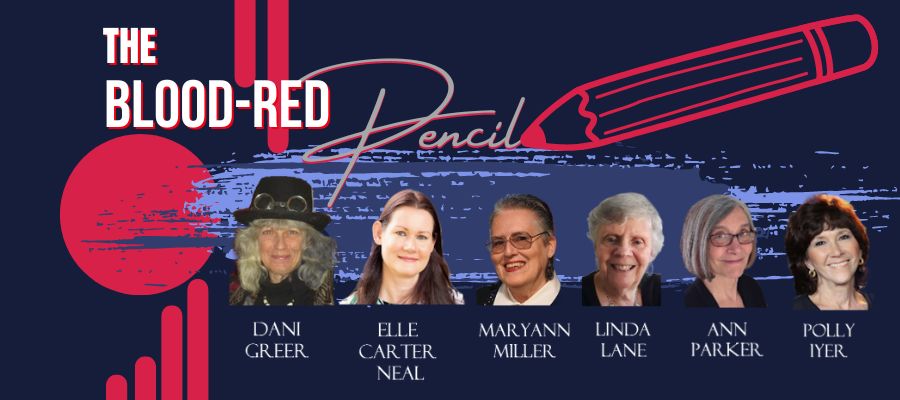Thank you to Dani for inviting me to talk about my self-publishing experience. Going the self-pub route had not been my original choice. I had what I thought was an awesome idea for a young adult novel—two kids realize they’ve been living inside To Kill a Mockingbird for the past five years, and they undertake an adventure through great literature to find their real home and parents—and I wrote it. My agent loved it, I mean dropped the “F” bomb on the phone with me she loved it so much, but she couldn’t find a home for it. Publishers gave us positive feedback but said that ultimately, they couldn’t sell teenagers on classic literature. Now, I’ve traditionally published seven mysteries, with the eighth coming out in October. I also serve on the national board of the Mystery Writers of America. I’ve got some hard-earned publishing knowledge, and I’d been hearing the same buzz as everyone else: self-publishing is big. It’s huge. It’s the future. You can write a book and quit your job c...
